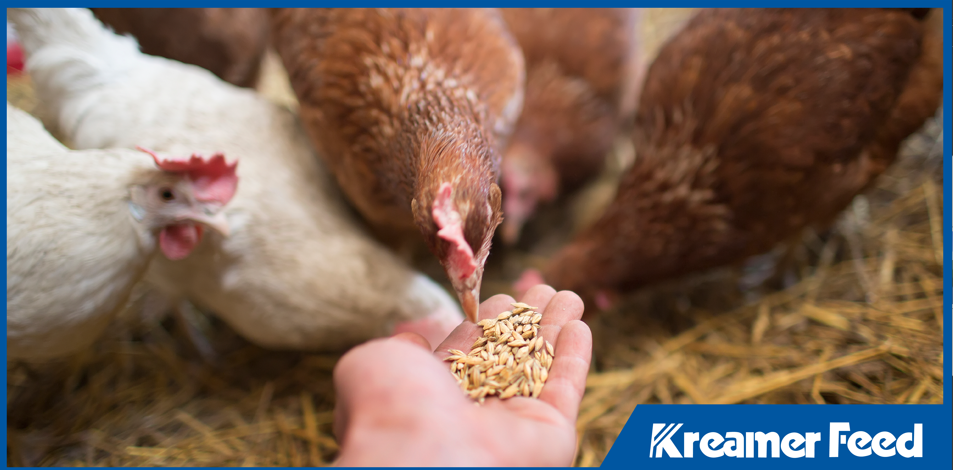
Feeding livestock isn’t just a chore. It’s one of the most significant operating costs in agriculture. For many farms, feed represents up to 70% of total production expenses. That’s why understanding the economics of farm feed is crucial to running a profitable operation.
It’s not just about how much feed you buy. It’s about how well that feed converts into animal growth, health, and productivity. Managing feed wisely is one of the smartest ways to protect your bottom line.
The Impact of Nutrition on Profitability
Investing in quality feed may seem costly upfront, but the long-term returns often outweigh the expense. Nutritionally balanced feed leads to:
- Better weight gain in meat-producing animals
- Higher egg and milk yields
- Healthier animals with fewer medical interventions
- Shorter time to market
All of these factors contribute to improved feed conversion and profit. Feed that meets species-specific requirements allows animals to absorb nutrients efficiently, converting every pound of feed into more valuable output.
On the other hand, poor nutrition, whether from inadequate formulations or inconsistent feeding, can lead to slower growth, illness, reduced fertility, and waste. These issues silently drain farm resources and reduce long-term profitability.
Feed Cost Management for Farms
Improving feed cost management on the farm starts with understanding where feed costs are going and how much return they generate. Here are key principles for maximizing value:
1. Track Feed-to-Gain Ratios (FCR)
The feed conversion ratio (FCR) measures how efficiently an animal turns feed into body mass. Lower FCRs mean more productivity with less feed. If one feed option helps pigs reach market weight with 20% less input, that’s a clear economic advantage.
2. Evaluate Total Cost, Not Just Price per Bag
Cheaper feed might look appealing, but if it lacks essential nutrients, animals will need more of it or will underperform entirely. Consider the full impact, including health outcomes, time to market, and potential veterinary costs.
3. Implement Strategic Feeding
Use phase feeding or targeted nutrition based on life stages to ensure animals get exactly what they need, no more, no less. This reduces overfeeding and improves farm feed economic efficiency.
Optimizing Livestock Feed Costs
Cutting costs doesn’t mean cutting corners. Optimizing feed strategy is about smarter decisions that increase output per dollar spent. Tips include:
- Rotate feed stock to minimize waste and spoilage
- Buy in bulk for volume discounts when appropriate
- Use proper storage to protect nutritional quality and shelf life
- Work with a nutritionist to fine-tune rations for each species or breed
Even small improvements in feed efficiency can lead to significant gains when scaled across an entire herd or flock.
Long-Term Returns of Smart Nutrition
The benefits of optimal feed management go beyond short-term savings. High-quality nutrition supports reproductive success, better immunity, and reduced mortality rates. All of these reduce risk and boost lifetime productivity of your animals.
Smart nutrition also aligns with sustainable farming goals, improving animal welfare and reducing environmental impact through less waste and better nutrient absorption.
Ultimately, improved nutrition delivers a strong return on investment by building a healthier, more productive farm from the ground up.
Feed Smarter, Farm Stronger
Feeding animals is one of your farm’s largest expenses and its biggest opportunity for improvement. By focusing on feed cost management, understanding the impact of nutrition on profitability, and improving economic efficiency, you can turn feed into a tool for growth rather than just a line item in the budget.
At Kreamer Feed, we’ve been helping farms make smart nutrition decisions since 1947. Our experience in organic and conventional feed gives farmers the tools to feed efficiently, support animal health, and protect their bottom line. Whether you’re looking to improve feed conversion, reduce waste, or fine-tune nutrition plans, we’re here to help your farm thrive.